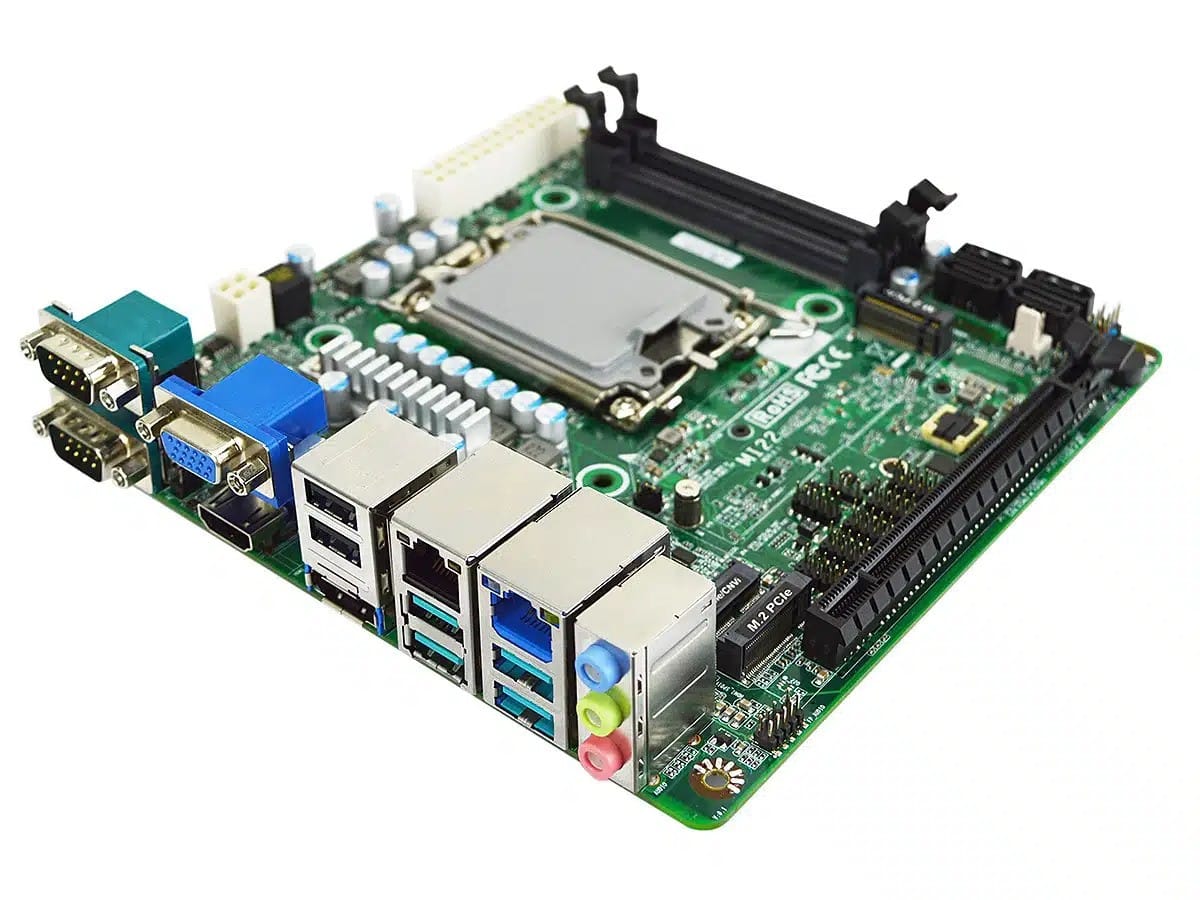
Lifecycle or Lifespan – What’s More Important for Embedded Computers?
Posted on November 4, 2024
When investing in industrial PCs, you want to ensure that your investment would last you for a while. But which parameter decides that – the product’s lifespan, or its lifecycle?
Lifespan – A Measure of Durability
The lifespan of an embedded computer (any electronic device, really) refers to the expected operating duration of the product, after which it would need to be replaced. Of course, this is an average measure, and some products may last longer or break down earlier than this date.
Say the lifespan of a PC is three years. What this means is that you can expect to have it suffer a major breakdown past that point, requiring replacement or extensive repairs.
That’s not as bad as it sounds – most enterprise systems on offer are supported by the manufacturer for far longer than their lifespans, meaning their replacement parts are easy to procure.
Lifecycle – The Extent of Support
For industrial and embedded computers, more important that the individual lifespan of a particular device in deployment is the life of the model itself. As long as the model is still supported by the manufacturer, replacement parts can be found, and software updates released.
And this duration is measured by the lifecycle. Saying that a particular board has a lifecycle of eight years tells you that irrespective of the survival of the specific board you purchased, the production and support of that board will continue for eight years.
This is crucial for businesses as you can ensure that your investment doesn’t become defunct with the failure of a single piece of equipment; as long as the product is still in its lifecycle, technical support and updates will be available.
Lifecycle vs Lifespan – In a Nutshell
For an individual buying a personal computer, the priority is having a higher lifespan so that the device can last as long as possible. The lifecycle is usually not a concern, as the machine is not subject to the kind of stresses that would require routine replacement, and it’s expected to upgrade to a better system in a few years anyway.
But that’s not the case for an enterprise customer. Computers used for industrial and commercial uses handily heavy workloads, and represent a major investment that cannot be repeated in a couple of years.
As a result, the priority here is Lifecycle. You want a model with a long lifecycle to ensure that your setup will last for years, even if individual components fail and need to be replaced. This usually covers security patches rolled out by the manufacturer as well, ensuring you keep getting critical updates through the lifecycle period.
But What About MTBF?
Apart from product lifecycle and lifespan, its MTBF is often focused on for gauging the reliability of a product. The Mean Time Between Failure or MTBF is a measure of how frequently you can expect the product to suffer from a breakdown.
The higher the MTBF, the longer it can be expected to last without repairs, which is more important than you might think – not only does it directly cut down on repair costs but also indirectly boosts productivity as less time is wasted on fixing the frequent breakdowns.
All that is well and good, but how does MTBF relate to the lifecycle or lifespan of a PC? It doesn’t, actually.
While MTBF is a key metric for an embedded computer, it only tells you how error-prone the system is, not how long it will be supported. Even a PC with a high MTBF will become defunct without repairs once its lifecycle is over; taking longer to fail does not mean it will never fail.
Is Lifecycle the Most Crucial Factor for Embedded PCs?
In most cases, yes. A longer product lifecycle guarantees that the system will be usable for years to come, safeguarding your investment and saving you from having to rehaul your setup frequently.
Of course, the lifespan and the MTBF of the computer play an additional role in determining its reliability. A product with a long lifespan and a high MTBF is not prone to failures, which means fewer repairs and less time lost in breakdowns.
Ultimately you want rugged industrial PCs that score well on all three parameters, giving you maximum value for your money. The selection of systems we offer at Global American is curated by this very criterion, making sure that our enterprise customers get long-lasting computers that make their investment worth it.
